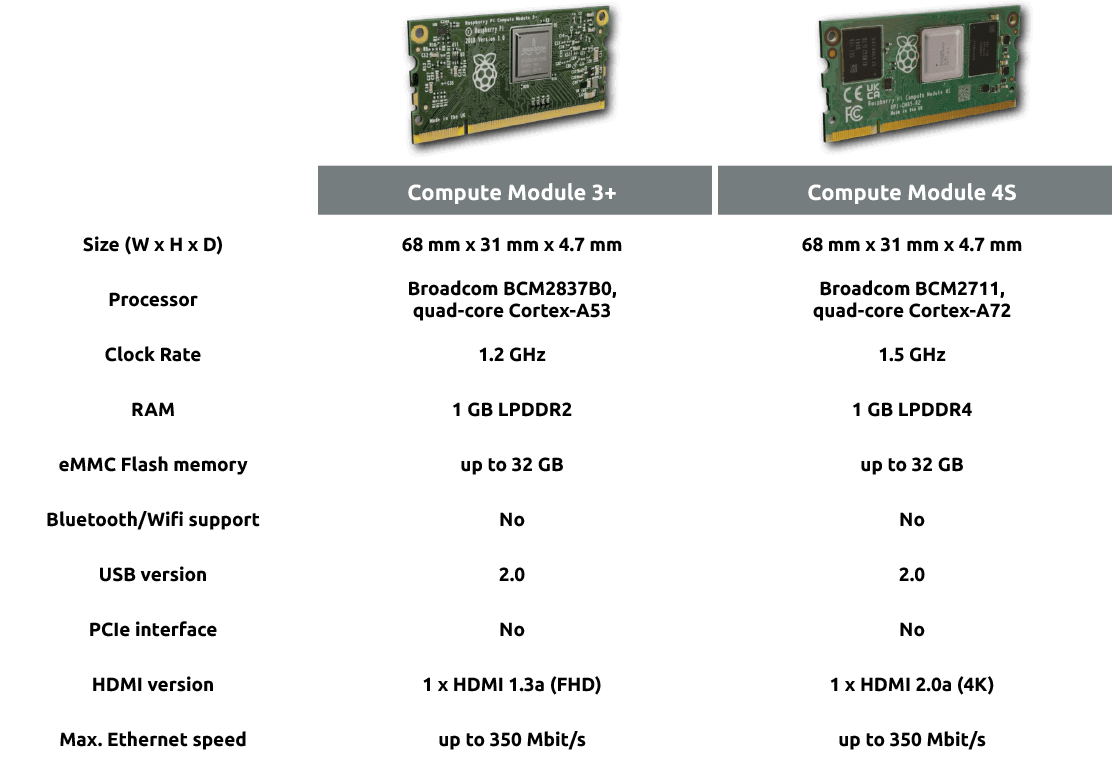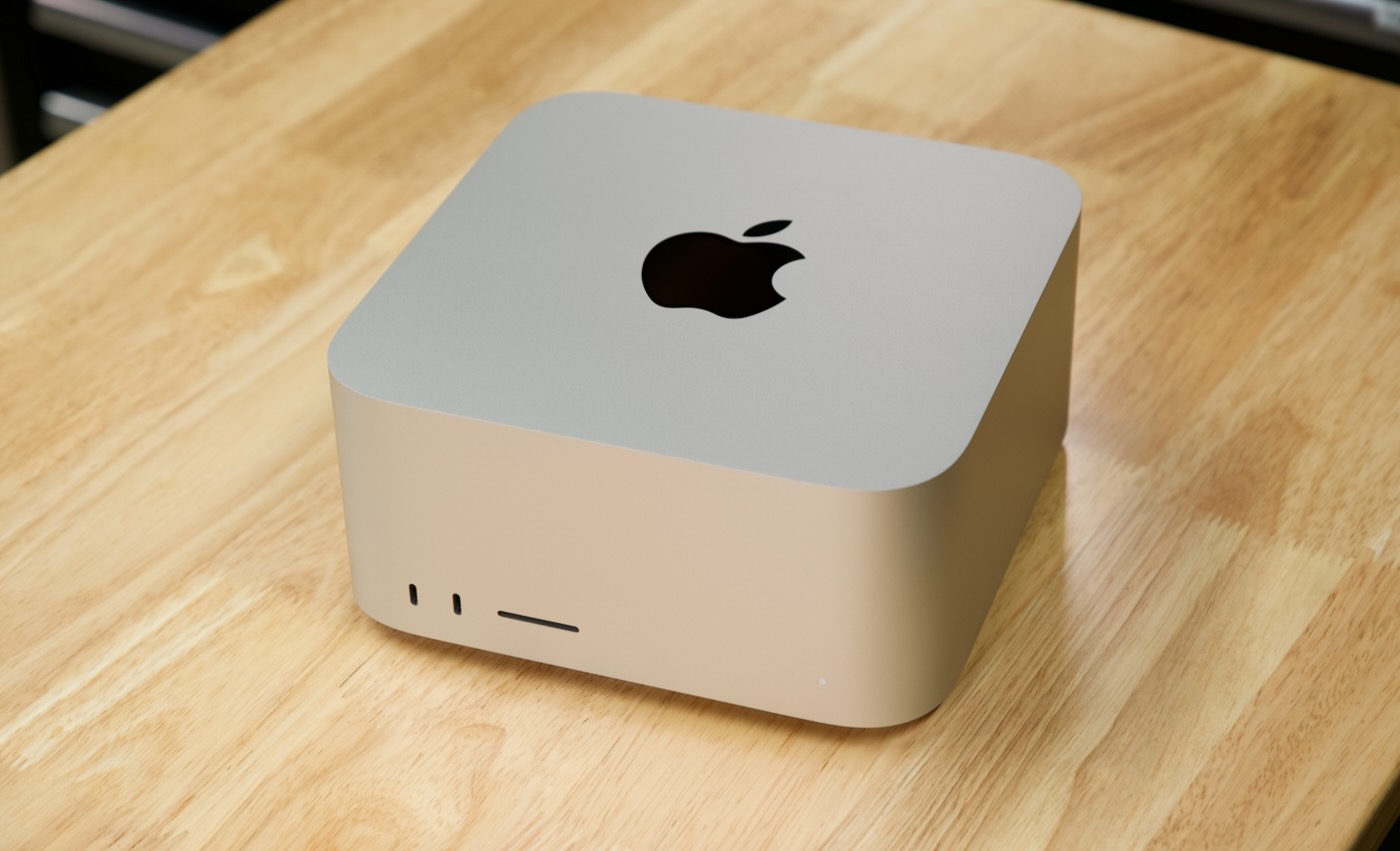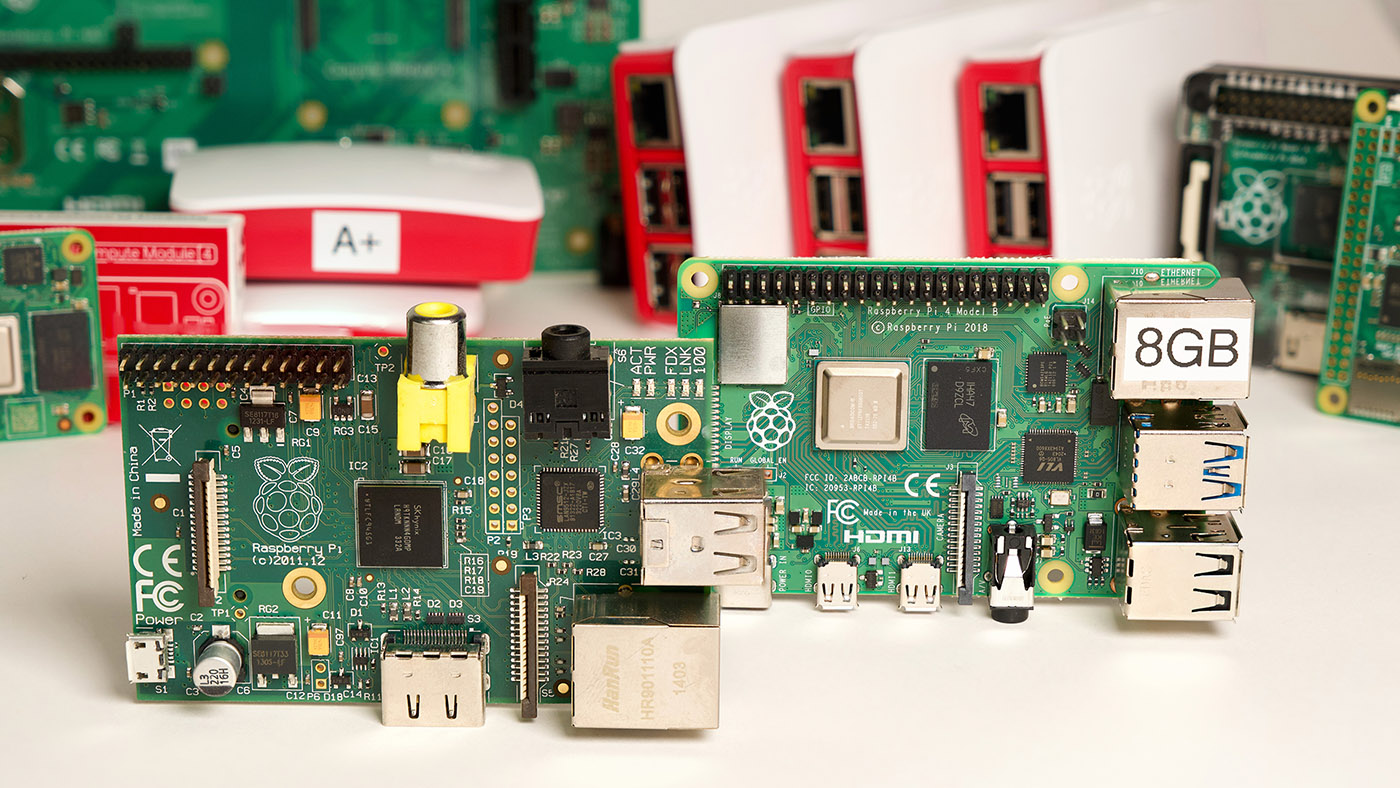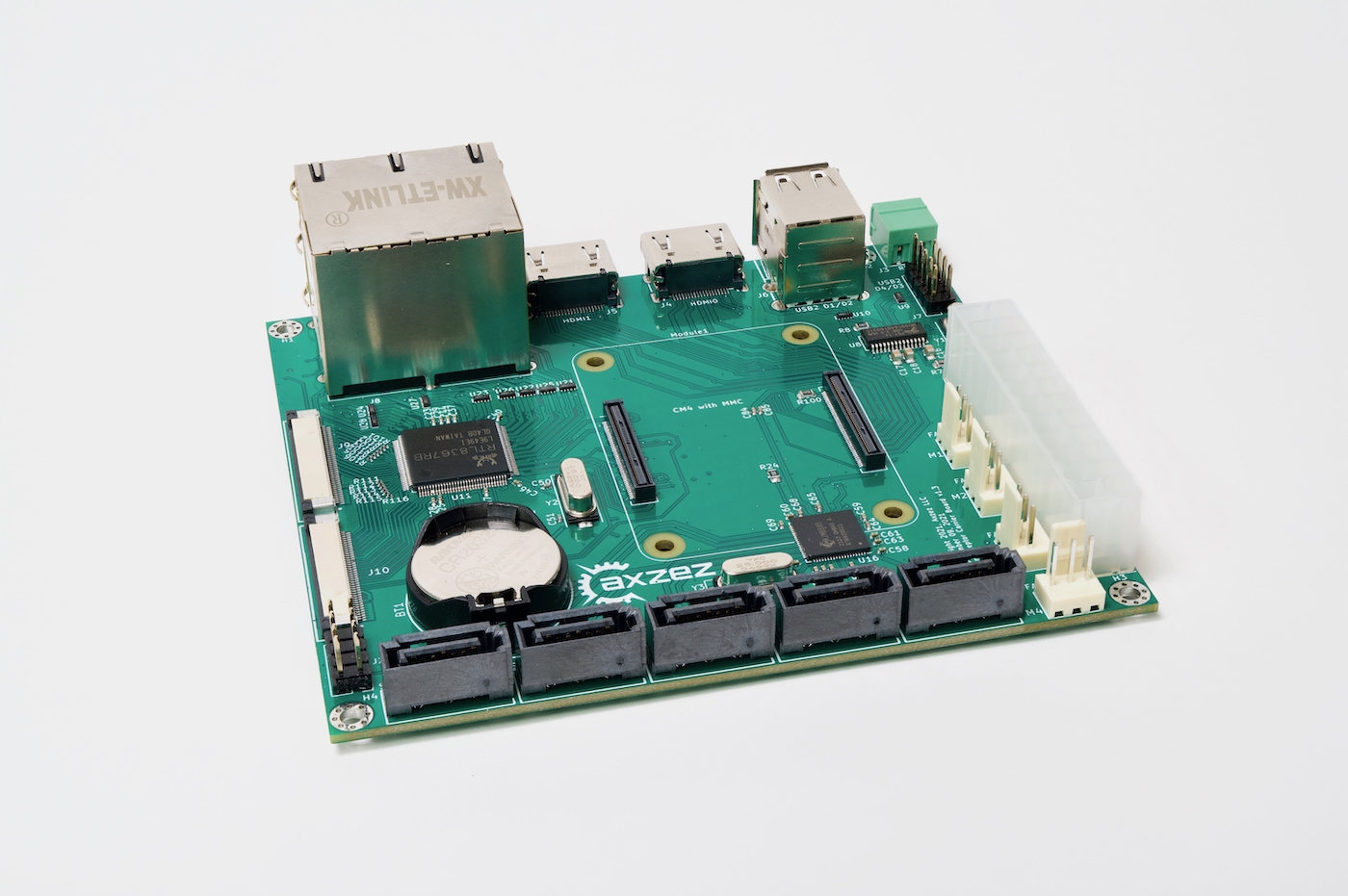Starlink Roaming makes mobile usage possible
May 5th Update: this feature is now official, and is called "Portability." To enable it, you will need to pay an extra $25/month, though I haven't been charged yet despite using the feature. Starlink says mobility (using Dishy while in motion) is not yet supported and will void your kit's warranty.
I've logged into my Starlink.com account, and I now see a note that reads Click "Manage Service Options" to add Portability. — that screen leads to this Starlink Portability FAQ page with more details. I haven't signed up for it yet, and I'm waiting to see what happens next billing cycle... I still can't update the service address to my cousin's location.



